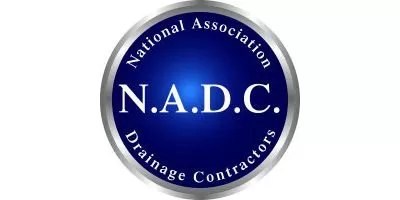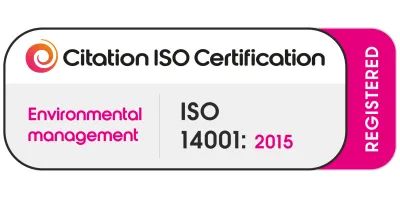





Land drainage is the term used to describe infrastructure that is dedicated to the removal of excess water from soil and ground surfaces. There are various systems that can be deployed in this category, using perforated pipes, gravel trenches, geotextile-wrapped channels and more to collect and redirect water. This technique is common in construction and agriculture, but can be applied to properties where waterlogging is impacting soil structure and the foundations of buildings.
At Express Drainage Surveys, we’re going to provide a deeper look into what land drainage is so that you can understand the options available to you.
When faced with oversaturated soil, it can lead to so many different challenges. This is why people turn to land drainage, to deliver a permanent fix that removes unnecessary groundwater and surface runoff. These techniques have evolved over time to make use of more durable and long-lasting materials, but at their core, are designed to redirect and drain away the water.
Proper installation of land drainage is required, with the right depth of trench, the right gradient, the most appropriate aggregate and correct connections all playing their part. Only when all these are in place can aggregate be used to backfill the space, and any topsoil be reinstated.
Land drainage matters for many reasons, including:
We mentioned earlier that there are many various interpretations of land drainage. This results in numerous systems being referred to as land drainage. Here is a quick look at the two main systems:
The two systems explored above both rely on gravity in order to function. Whether the pipework is perforated or not, they need the rainwater to filter through a layer of gravel down into the pipe. Gravity is also in play due to the subtle gradient applied, helping the water to naturally flow away to the intended outlet.
So, who can benefit from the use of land drainage techniques? Almost any area suffering from oversaturation and waterlogging can implement these systems, including:
Key components and materials needed to successfully and safely install land drainage include:
How to maintain your land drainage
If you install land drainage properly, it can typically last around 20-30 years. However, they do require maintenance in order to ensure they remain effective throughout their life. Effective maintenance strategies for land drainage include:
All of the above will help to keep things running smoothly for longer and eliminate the opportunity for minor failures to become a major disaster.
When it comes to drains, why look anywhere else? Our expert team at Express Drainage Surveys can answer all your questions regarding land drainage and how to maintain your property, whether you’re a homeowner or a business owner.
We offer a wide range of drainage services to prevent water from impacting your daily routine, including:
Because we deal with drains every single day, we’re well aware of the regulatory and safety considerations that come with drainage, particularly Building Regulations Part H for land drainage and the removal of surface water.
Whichever service you need us for, don’t hesitate to contact our professional team today for more information or to book an appointment.
This website uses cookies to enhance your browsing experience and deliver personalised ads. By clicking “Accept All Cookies”, you agree to the storing of cookies on your device to enhance site navigation, analyse site usage, and assist in our marketing efforts.